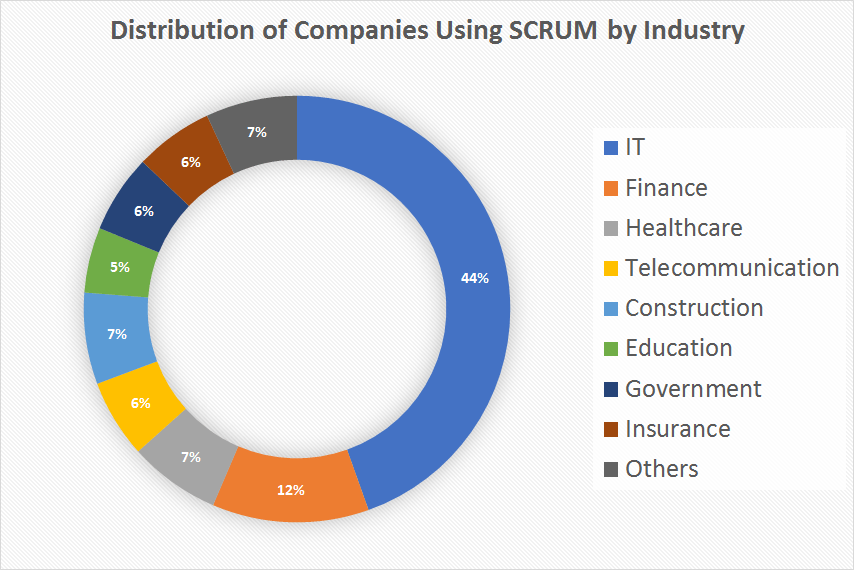SCRUM IS THE FRAMEWORK THAT helps teams work together
what is scrum?
Scrum is the most popular Agile framework. It is an adaptive, iterative, fast, flexible, and effective methodology designed to deliver significant value quickly and throughout a project.
Scrum ensures transparency in communication and creates an environment of collective accountability and continuous progress. The Scrum framework, as defined in the SBOK™ Guide, is structured in such a way that it supports product and service development in all types of industries and in any type of project, irrespective of its complexity.
A Scrum project involves a collaborative effort to create a new product, service, or other result as defined in the Project Vision Statement. Projects are impacted by constraints of time, cost, scope, quality, resources, organizational capabilities, and other limitations that make them difficult to plan, execute, manage, and ultimately succeed. However, successful implementation of the results of a finished project provides significant business benefits to an organization. It is therefore important for organizations to select and practice an appropriate project management methodology.
A key strength of Scrum lies in its use of cross-functional, self-organized, and empowered teams who divide their work into short, concentrated work cycles called Sprints. The focus of Scrum on value driven delivery helps Scrum Teams deliver results as early in the project as possible.
WHO IS USING SCRUM?
The Google Ads team uses Scrum to develop innovative features at a rapid rate.
Scrum has come a long way since its inception in the mid 80’s. In the present day, Scrum is one of the most widely applied project management frameworks globally. Also, the widespread increase in the demand for certified Scrum Masters and Scrum Experts is a testimony to the fact that Scrum will expand its domain in the years to come.
The prevalent misconception is that Scrum is suitable for and used by only the Information Technology sector to develop software and product applications and services. Nonetheless, surveys done over the past decade have revealed that Scrum is, no doubt, applied most in managing software development projects; however, it is equally suitable for and successful in fields such as Finance, Healthcare, Automotive, and Construction.
- The Google Ads team uses Scrum to develop innovative features at a rapid rate.
- GE allocates 60% of its program spend for Agile projects.
- The path-breaking Apple products are a result of their project teams using Scrum.
- Salesforce.com used Scrum to affect a dramatic turnaround in its fortunes.
The figure to the left shows that Scrum is increasingly being applied outside of the traditional IT industry. Because of the ever-evolving technology and ever-changing socio-economic conditions, project management needs a framework like Scrum, which is highly adaptable and change-friendly.


